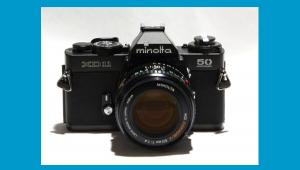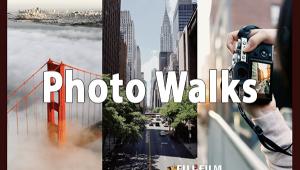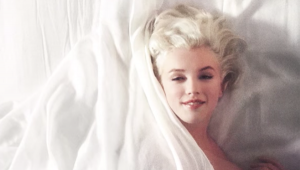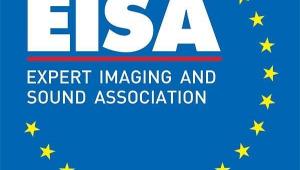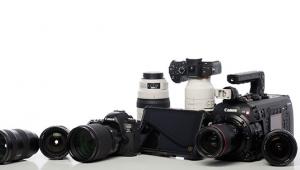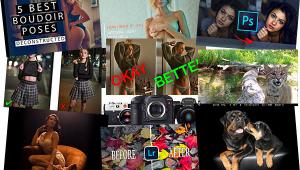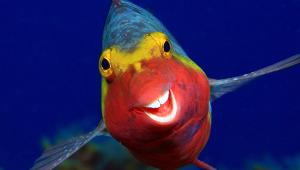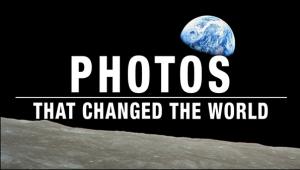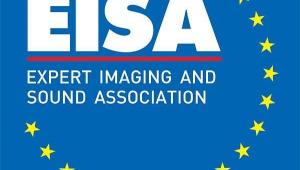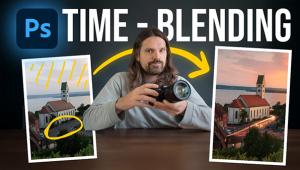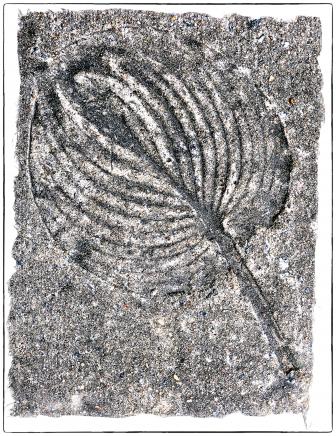The 5 Most Expensive Photos Ever Sold: Scam or Smart Marketing?
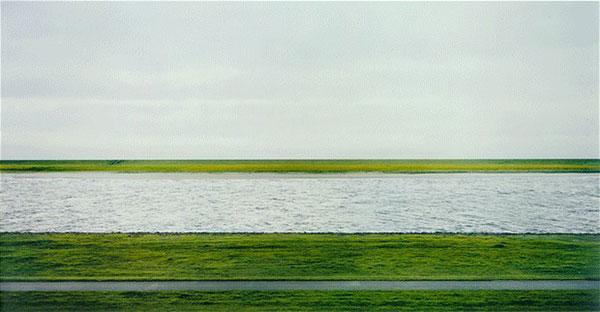
The sale of Peter Lik’s photograph "Phantom" for a reported record $6.5 million earlier this week has stirred up a firestorm of online commentaries, media chest pounding and a lot of silliness. Critic Jonathan Jones writing in The Guardian (UK), has gone so far as to say that the sale was especially grotesque because in his words "photography is not an art."
Then he adds: "This record-setting picture typifies everything that goes wrong when photographers think they are artists. It is derivative, sentimental in its studied romanticism, and consequently in very poor taste. It looks like a posh poster you might find framed in a pretentious hotel room."
The sale of Lik’s photo has stirred up so much passion because it violates the way many in the photographic community define good photography much less art. That the photograph is a fairly mundane, black-and-white image of Antelope Canyon in Arizona, previously shot by dozens of other photographers, has added a lot of fuel to the fire.
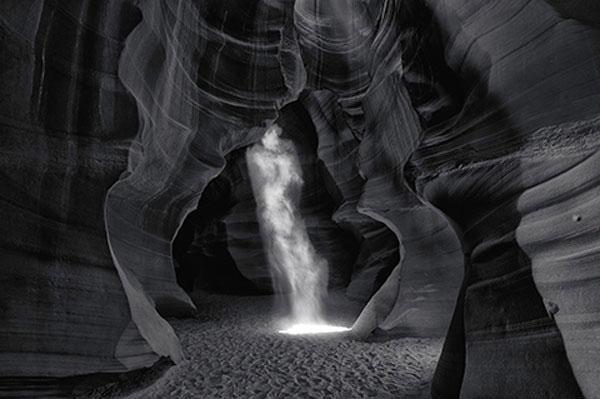
However, the whole art debate that arises around record-breaking sales of photos now and in the past -- including the sale of Andreas Gursky’s "Rhein II" in 2011 for $4,338,500, Cindy Sherman’s "Untitled #96," also in 2011, for $3,890,500, and others -- largely misses the point.
The ever increasing wealth gap and the rise of a whole new class of the rich, plays the central and most significant role in this whole discussion. There are lots of rich and superrich people who have quantities of cash to spend and are looking for places to spend it. Think of them as a bunch of poor farmers who have just won the lottery and want to learn how to be "upper class" and become "swells."
They don’t have art "street creds" and need a lot of reassurance when they go into the unknown lands of culture. And that makes them the perfect target for the art world. Art galleries, including Lik’s own chain of photo boutiques, only have to mention the words "good investment" and the nouveau riche are licking their lips in lust. With these recording-breaking priced photos, they are buying taste and status and the price is irrelevant.
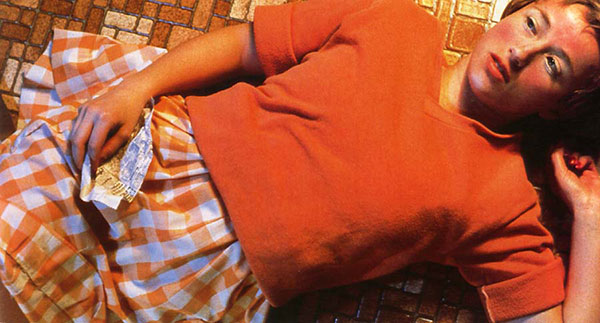
All over the planet there are the aerie-like condos of techies, seaside villas of Russian oligarchs and French chateaus of Chinese entrepreneurs, chuck full of artworks of dubious quality that just a few years ago would were lingered forever in a remote warehouse next to the box containing the Lost Ark.
It’s a way to unload excess cash and art galleries are not shy about offering their services to find a home for that cash. They help to drive up market values too when they can, sometimes going so far as to use their own money to buy their own auction offerings through third parties.
As Gustave Flaubert put it: "Artist: All jokers, earn insane amounts but spend it like water. Be amazed that they dress like everyone else."
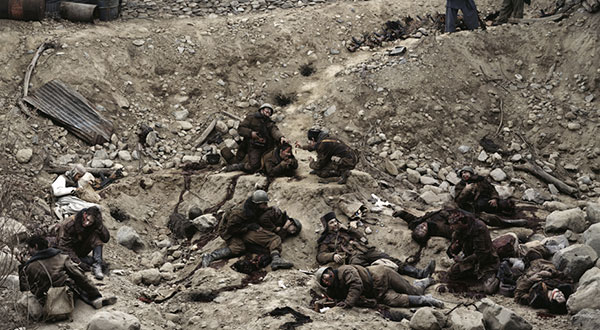
Peter Lik’s galleries are like those of the late Thomas Kinkaid, the "painter with light," who despite producing some of the most incredibly clichéd paintings ever made, sold millions of them. Depressingly, his soppy sentimental works sold so well that it is estimated that one in every 20 homes in America has one.
Lik’s sale is very much outside of photography, as such, and will once again disprove the notion that a rising tide lifts all boats. After the 2011, $4.3 million sale of Gursky’s "Rhein II" a lot of boats ended up actually riding lower in the water.
At the 2013 Paris Photo, perhaps the world’s largest "art photography" show, celebrated and well-known photographs by such masters as like Bruce Davidson, Edward Weston and Diane Arbus hardly sold at all and when they did it was for tens of thousands of dollars, not millions.

At the heart of the disgust around Lik’s sale is that it overshadows the efforts of so many photographers who are producing genuinely interesting and powerful photographs. These "artists" take risks and strive to stretch the boundaries of photography, which is after all what art is about.
But in the world of vernacular images – Lik’s world – the goal is never originality nor insight; rather it is the commoditization of already established "types" and directions. Photographers like Ansel Adams and Timothy Sullivan may have produced timeless landscapes but Lik is merely a tired copyist. Imitating the masters, he sells aspiring movers and shakers his "Photography Light." It is the perfect product to cover their lonesome walls and to fill an empty space in their lives.
And there is a bright side here. In not too many years, photographers will be out documenting the dozens of desolate down market used car display rooms, all will be decorated with knock- offs of Lik’s images.
And then they will become art.



